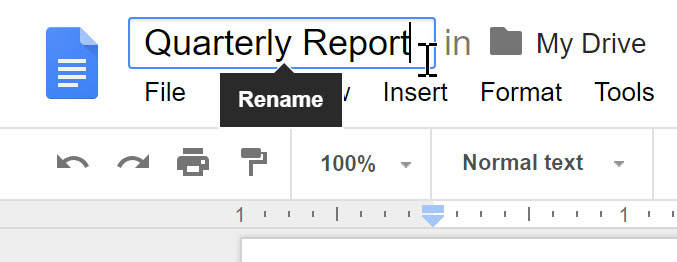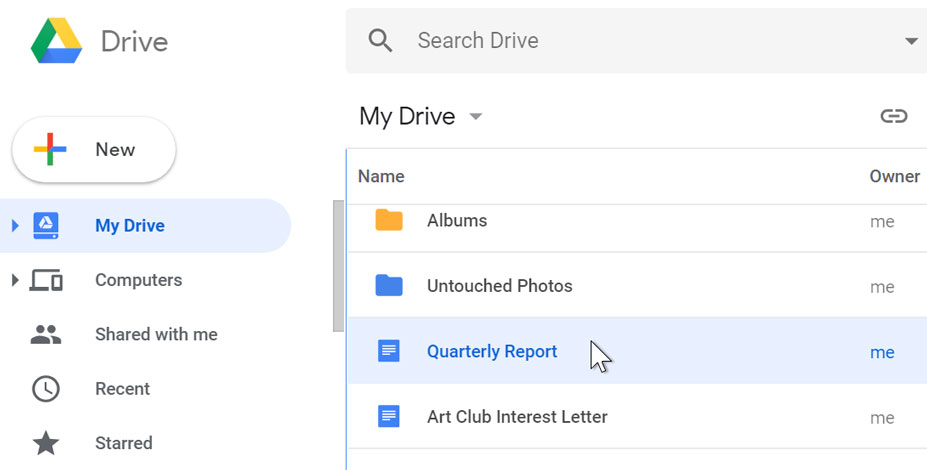Collaborative tools and how to use it.(Google Docs)
Collaboration tools of ICT is currently the focus of much interest and emerging as development of new tools that make online collaborative projects draw a realistic option for distributed group work. Internet can be used for many collaborative activities such as meetings, discussions are taking place, working in the document, information dissemination, teaching and learning, and other tasks.
Google docs.
To create a new file:
1. From Google Drive, locate and select the New button, then choose the type of file you want to create. In our example, we'll select Google Docs to create a new document.

- Your new file will appear in a new tab on your browser. Locate and select Untitled document in the upper-left corner.

- The Rename dialog box will appear. Type a name for your file, then click OK.

- Your file will be renamed. You can access the file at any time from your Google Drive, where it will be saved automatically. Simply double-click to open the file again.

You may notice that there is no Save button for your files. This is because Google Drive uses auto save, which automatically and immediately saves your files as you edit them.



